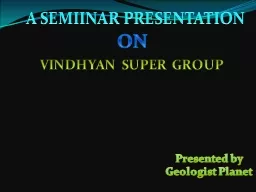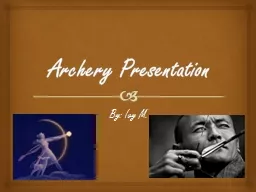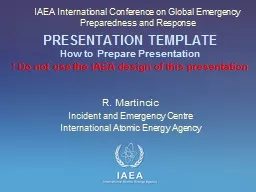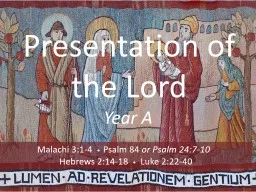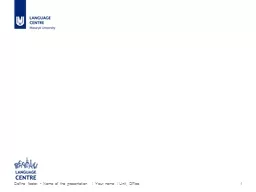PPT-A SEMIINAR PRESENTATION
Author : alexa-scheidler | Published Date : 2017-12-04
ON VINDHYAN SUPER GROUP Presented by Geologist Planet Content Introduction Stratigraphic succession Description of Lithology Correlation Environments of Deposition
Presentation Embed Code
Download Presentation
Download Presentation The PPT/PDF document "A SEMIINAR PRESENTATION" is the property of its rightful owner. Permission is granted to download and print the materials on this website for personal, non-commercial use only, and to display it on your personal computer provided you do not modify the materials and that you retain all copyright notices contained in the materials. By downloading content from our website, you accept the terms of this agreement.
A SEMIINAR PRESENTATION: Transcript
Download Rules Of Document
"A SEMIINAR PRESENTATION"The content belongs to its owner. You may download and print it for personal use, without modification, and keep all copyright notices. By downloading, you agree to these terms.
Related Documents

